From inside (document excerpt):
I Sears, I owner s manual MODEL NO. C944.526460 CRAFTSMAN CAUTION: Read RULES for Safe OPERATION and INSTRUCTIONS Carefully 22 “, 7 H.P. SNOW THROWER · Assembly · Operating · Maintenance · Repair Parts IMPORTANT RULES FOR SAFE OPERATION TRAINING 1. Read the operating and service instruction manual carefully. Be thoroughly familiar with the controls and the proper use of the equipment. Know how to stop the unit and disengage the controls quickly. 2. Never allow children to operate the equipment. Never allow adults to operate the equipment without proper instruction.
3. Keep the area of operation clear of all persons, particularly small children and pets. 4. Exercise caution to avoid slipping or falling, especially when operating in reverse. PREPARATION 1. Thoroughly inspect the area where the equipment is to be used and remove all doormats, sleds, boards, wires, and other foreign objects. 2. Disengage all clutches and shift into neutral before starting the engine. 3. Do not operate the equipment without wearing adequate winter outer garments. Wear footwear which will improve footing on slippery surfaces. Do not wear long scarfs or loose fitting clothing which may become entangled in machinery. 4. Handle fuel with care; it is highly flammable. (a) Use an approved fuel container. (b) Never add fuel to a running engine or hot engine. (c) Fill fuel tank outdoors with extreme care. Never fill fuel tank indoors. (d) Replace gasoline cap securely and wipe up spilled fuel. 5. Use a grounded three-wire plug-in for all units equipped with electric starting motors. 6. Adjust the impeller housing height to clear gravel or crushed rock surface. 7. Never attempt to make any adjustments while the engine is running (except where specifically recommended by manufacturer). 8. Let engine and machine adjust to outdoor temperatures before starting to clear snow. OPERATION 1. Do not put hands or feet near or under rotating parts. Keep clear of the discharge opening at all times. 2. Exercise extreme caution when operating on or crossing gravel drives, walks, or roads. Stay alert for hidden hazards or traffic. Do not carry passengers. 3. After striking a foreign Object, stop the engine, remove the wire from the spark plug, thoroughly inspect the snow thrower for any damage, and .repair the damage before restarting and operating the snow thrower. 4. If t:le unit should ‘start to vibrate abnormally, stop the engine and check immediately for the cause. Vibration is generally a warning of trouble. MAINTENANCE AND STORAGE 5. Stop the engine whenever you leave the operating position, before unclogging the impeller housing or discharge guide, and when making any repairs, adjustments, or inspections. 6. Take all possible precautions when leaving the unit: shift into neutral, disengage the drive (primary) clutch, shut off the engine, and remove the key. 7. When cleaning, repairing, or inspecting, make certain the impeller and all moving parts have stopped. Disconnect the spark plug wire, and keep the wire away from the plug to prevent accidental starti ng. Disconnect the cord on electric starter motor. 8. Do not run the engine indoors, except when starting the engine and for transporting the snow thrower in or out of the building. Open the outside doors; exhaust fumes are dangerous. 9. Do not clear snow across the face of slopes. Exercise extreme caution when changing direction on slopes. Do not attempt to clear steep slopes. 10. Never operate the snow thrower without proper guards, plates, or other safety protective devices in place. 11. Never operate the snow thrower near glass enclosures, automobiles, window wells, drop ofts, etc. without proper adjustment of the snow discharge angle. Keep children and pets away. 12. Do not overload the machine capacity by attempting to clear snow at too fast a rate. 13. Never operate the machine at high transport speeds on slippery surfaces. Use care when backing. 14. Never direct discharge at bystanders or allow anyone in front of the unit. 15. Disengage power to the impeller when snow thrower is transported or not in use. 16. Use only attachments and accessories approved by the manufacturer of snow thrower (such as electric starter kits, cabs, etc.).


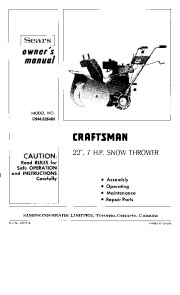 Craftsman C944.526460 Craftsman 22-Inch Snow Thrower Owners Manual - 1 of 24
Craftsman C944.526460 Craftsman 22-Inch Snow Thrower Owners Manual - 1 of 24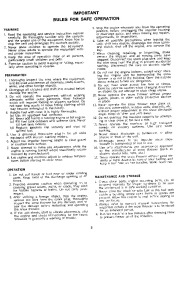 Craftsman C944.526460 Craftsman 22-Inch Snow Thrower Owners Manual - 2 of 24
Craftsman C944.526460 Craftsman 22-Inch Snow Thrower Owners Manual - 2 of 24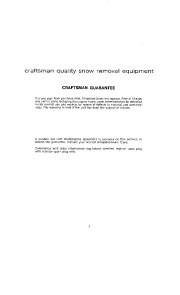 Craftsman C944.526460 Craftsman 22-Inch Snow Thrower Owners Manual - 3 of 24
Craftsman C944.526460 Craftsman 22-Inch Snow Thrower Owners Manual - 3 of 24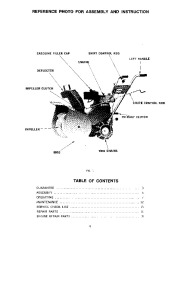 Craftsman C944.526460 Craftsman 22-Inch Snow Thrower Owners Manual - 4 of 24
Craftsman C944.526460 Craftsman 22-Inch Snow Thrower Owners Manual - 4 of 24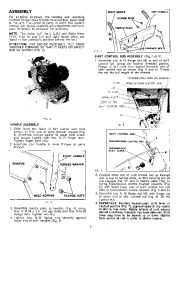 Craftsman C944.526460 Craftsman 22-Inch Snow Thrower Owners Manual - 5 of 24
Craftsman C944.526460 Craftsman 22-Inch Snow Thrower Owners Manual - 5 of 24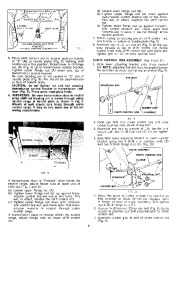 Craftsman C944.526460 Craftsman 22-Inch Snow Thrower Owners Manual - 6 of 24
Craftsman C944.526460 Craftsman 22-Inch Snow Thrower Owners Manual - 6 of 24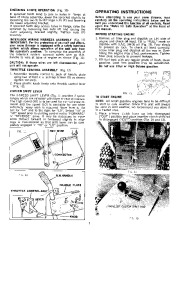 Craftsman C944.526460 Craftsman 22-Inch Snow Thrower Owners Manual - 7 of 24
Craftsman C944.526460 Craftsman 22-Inch Snow Thrower Owners Manual - 7 of 24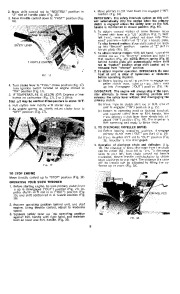 Craftsman C944.526460 Craftsman 22-Inch Snow Thrower Owners Manual - 8 of 24
Craftsman C944.526460 Craftsman 22-Inch Snow Thrower Owners Manual - 8 of 24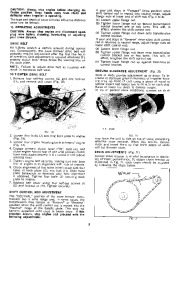 Craftsman C944.526460 Craftsman 22-Inch Snow Thrower Owners Manual - 9 of 24
Craftsman C944.526460 Craftsman 22-Inch Snow Thrower Owners Manual - 9 of 24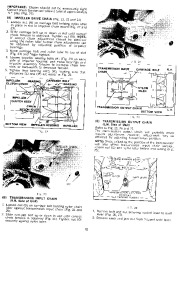 Craftsman C944.526460 Craftsman 22-Inch Snow Thrower Owners Manual - 10 of 24
Craftsman C944.526460 Craftsman 22-Inch Snow Thrower Owners Manual - 10 of 24